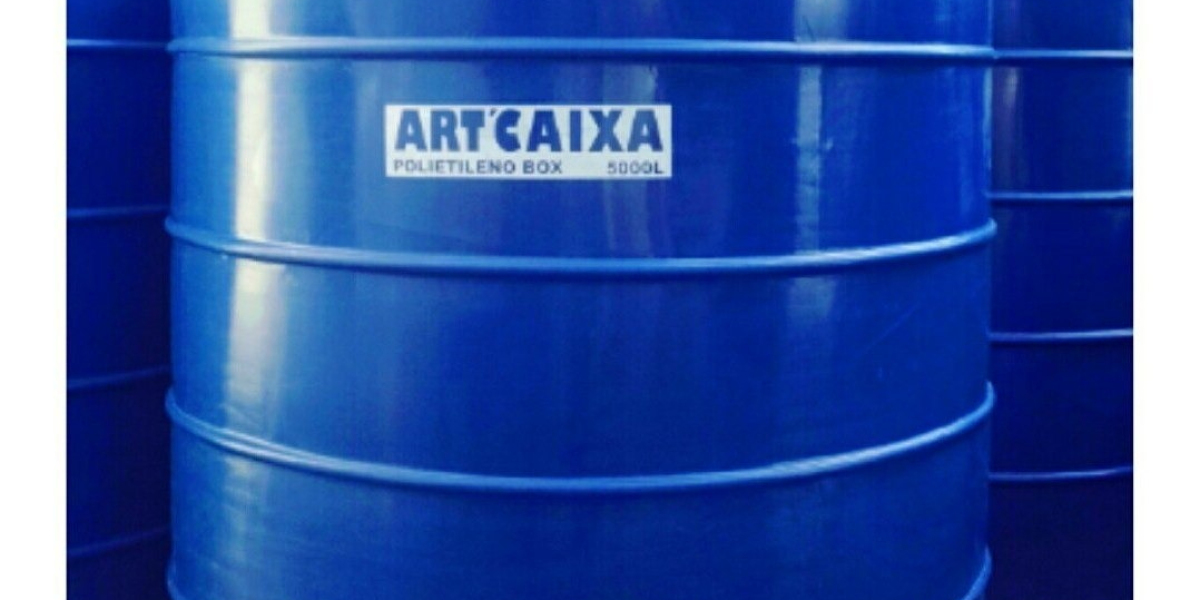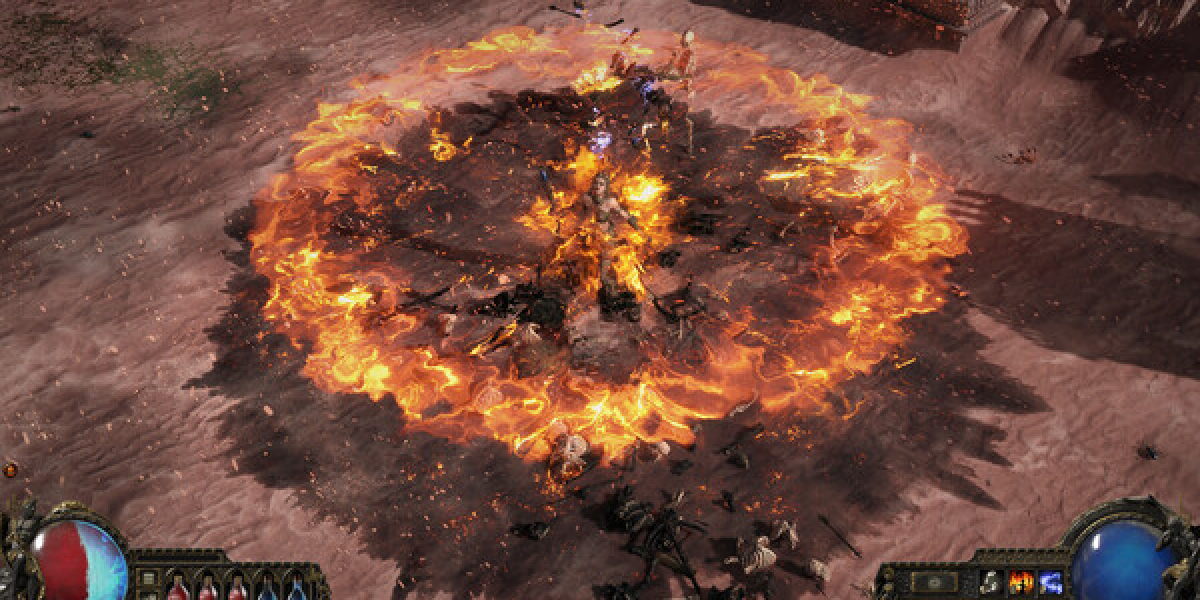As the popularity of 3D printing continues to rise, understanding the importance of 3D printing safety becomes increasingly vital. Whether you are a hobbyist or a professional, ensuring a safe printing environment is crucial to prevent accidents and health hazards.

Why is 3D Printing Safety Important?
3D printing involves various materials and processes that can pose risks if not handled properly. Have you ever considered the potential dangers associated with the filaments you use? Many materials emit fumes that can be harmful when inhaled. Therefore, understanding the risks associated with different materials is essential for maintaining a safe workspace.
Common Risks in 3D Printing
- Fume Emission: Many thermoplastics release volatile organic compounds (VOCs) during printing.
- Burns: The hotend and heated bed can reach temperatures exceeding 200°C, posing a burn risk.
- Electrical Hazards: Improper wiring or faulty equipment can lead to electrical shocks or fires.
- Mechanical Injuries: Moving parts can cause pinching or crushing injuries if not handled carefully.
Essential Safety Guidelines for 3D Printing
To mitigate these risks, it is crucial to follow specific safety guidelines. Here are some essential practices to ensure 3D printing safety:
- Ventilation: Always print in a well-ventilated area. Consider using an air purifier to reduce harmful fumes.
- Protective Gear: Wear safety glasses and gloves when handling materials and equipment.
- Temperature Monitoring: Use thermometers to monitor the temperature of the hotend and heated bed.
- Regular Maintenance: Keep your printer in good condition by regularly checking for wear and tear.
Understanding Material Safety Data Sheets (MSDS)
Each material used in 3D printing comes with a Material Safety Data Sheet (MSDS) that outlines its hazards. Familiarizing yourself with these documents can significantly enhance your understanding of 3D printing safety. They provide vital information on handling, storage, and emergency measures in case of exposure.
Creating a Safe 3D Printing Environment
To create a safe workspace, consider the following:
- Designate a specific area for 3D printing, away from children and pets.
- Ensure all electrical connections are secure and free from damage.
- Keep a fire extinguisher nearby, especially if using flammable materials.
By implementing these practices, you can significantly reduce the risks associated with 3D printing. For more detailed information on 3D printing safety, visit this resource.
Conclusion
In conclusion, understanding and implementing 3D printing safety measures is essential for anyone involved in this innovative field. By being aware of the risks and following safety guidelines, you can enjoy the creative possibilities of 3D printing while ensuring a safe environment for yourself and others.








